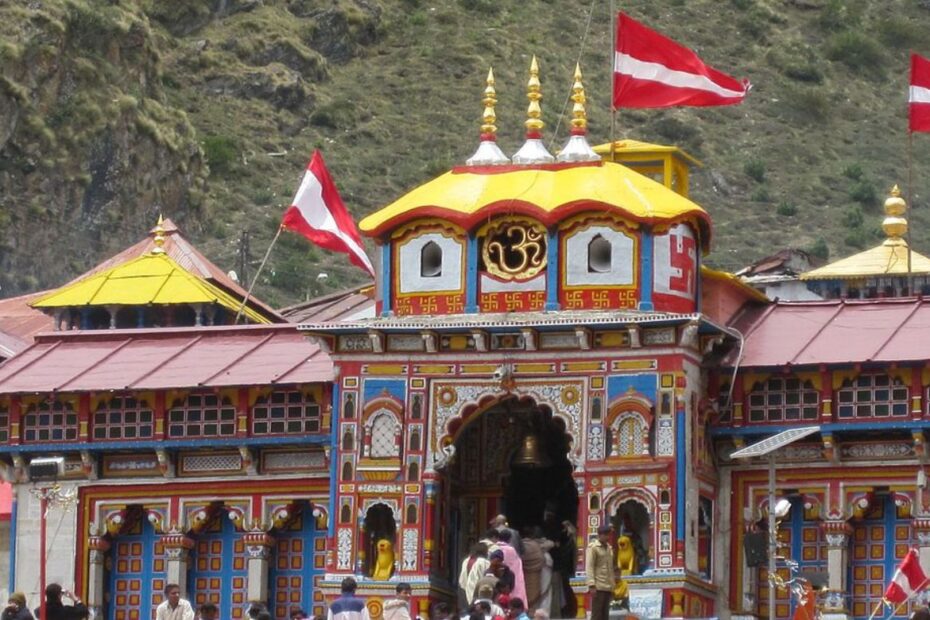Badrinath, cradled amidst the majestic Himalayas, holds a revered position among Hindus owing to its spiritual sanctity and awe-inspiring scenery. Its tranquil surroundings and divine aura attract pilgrims and tourists alike, seeking solace amidst the divine embrace of nature. Nevertheless, embarking on a journey to Badrinath necessitates meticulous planning, particularly regarding the fluctuating weather conditions and varying temperatures that characterize the region throughout the year.
The town’s geographical location renders it susceptible to abrupt weather changes, making it imperative for visitors to anticipate and prepare for potential challenges. From snow-covered landscapes in the winter to temperate conditions during the summer months, Badrinath’s climate presents a spectrum of experiences that demand travelers to adapt accordingly. Thus, whether one seeks spiritual enlightenment or simply wishes to immerse oneself in the splendor of nature, a thoughtful consideration of the weather is indispensable for a fulfilling pilgrimage or excursion to Badrinath.
Badrinath Weather and Temperature details
Spring (March to May): Spring in Badrinath is a rejuvenating experience, with the town coming alive with blossoming flowers and lush greenery. The weather remains pleasant during the day, with temperatures ranging from 5°C to 18°C. It’s an ideal time for pilgrimage and sightseeing, as the snow starts melting, allowing easy access to the revered temples and surrounding areas.
Summer (June to August): Summer in Badrinath is relatively short-lived due to its high altitude. Temperatures during this period range from 7°C to 18°C, making it the most comfortable time to visit. However, occasional rainfall can occur, so it’s advisable to carry rain gear. This season sees an influx of devotees and tourists, drawn by the pleasant weather and accessibility to the temples and scenic spots.
Monsoon (September to November): The monsoon season brings intermittent showers and occasional landslides, making travel to Badrinath challenging. Temperatures range from 5°C to 15°C, and the region experiences reduced visibility due to fog and mist. While the landscape appears enchanting with lush greenery, it’s advisable to check weather forecasts and road conditions before planning a trip during this time.
Winter (December to February): Winter in Badrinath is characterized by freezing temperatures and heavy snowfall, making it a challenging time to visit. Temperatures plummet to sub-zero levels, ranging from -8°C to 7°C. Most of the region remains inaccessible due to snow-blocked roads, and only the main temple remains open for worship. However, for adventure enthusiasts, this season offers opportunities for skiing and experiencing the ethereal beauty of a snow-covered Badrinath.
Tips for Visitors:
- Check weather forecasts and road conditions before planning your trip.
- Pack appropriate clothing according to the season, including woolens for winter and rain gear for summer.
- Carry necessary medications and first-aid kits, especially if traveling during the monsoon season.
- Respect local customs and traditions while visiting temples and other sacred sites.
- Book accommodation in advance, especially during peak seasons, to avoid any inconvenience.
In conclusion, Badrinath offers a unique blend of spirituality and natural grandeur, but understanding its weather patterns is crucial for an enjoyable and safe visit.
We hope this article helped you understand Badrinath Weather and Temperature, and accordingly, you can plan your trip to Badrinath Dham in Uttarakhand.
Whether you seek spiritual enlightenment or adventure amidst the majestic Himalayas, Badrinath welcomes you with open arms, year-round.

